Leucism
Ruby-Throated Hummingbird
There is a condition in nature called leucism, which is fairly rare. When someone spots a white animal, they often think- ‘it’s an albino!’ Sometimes that is true, but an animal can be leucistic, which isn’t quite the same thing,
Here’s a photo I took recently of a Robin- check out the part of its tail that is white.
I spotted this bird fairly easily- the flash of white from its tail was pretty visible. This might make it harder being a leucistic bird, since predators can see them better as well.
What is a leucistic bird?
Leucism, or leukism, is an abnormal plumage condition caused by a genetic mutation that prevents pigment, particularly melanin, from being properly deposited on a bird’s feathers. As a result, the birds do not have the normal, classic plumage colors listed in field guides, and instead the plumage have several color changes, including:
*White patches where the bird should not have any
*Paler overall plumage that looks faint, diluted or bleached
*Overall white plumage with little or no color discernableThe degree of leucism, including the brightness of the white and the extent of pigment loss, will vary depending on the bird’s genetic makeup. Birds that show only white patches or sections of leucistic feathers – often in symmetrical patterns – are often called pied or piebald birds, while birds with fully white plumage are referred to as leucistic birds.
The Robin I saw was notable, but recently there’s been a very rare leucistic bird sighted in the Columbus area that is much more spectacular-looking. This bird is currently residing at Inniswood Metro Gardens, which you may remember hosted an Ovenbird warbler during the winter of 2011/2012. I showed up there one day late last month to see it, and I wasn’t disappointed.
There’s an area called the Herbal Garden where the bird has mostly been seen.
It turned out that many others were there to see the bird as well- curious onlookers and local birders both. We didn’t have to wait long!
Suddenly, the bird flew into the nearby bushes and perched a while. Then it came fairly close to us to feed.
This beautiful bird, after careful study of photographs, has been identified as a probable leucistic female Ruby-Throated Hummingbird. This is a rare bird indeed (both color-wise and behavior-wise). Usually, this time of year, all of the Ruby-Throats have flown south for the winter- this one has hung around. It’s unknown why this bird didn’t fly south with her compatriots- perhaps she cannot for some reason.
The fine folks working for the Metro Parks system have placed a hummingbird feeder near the bird’s favorite flowers. As of this writing, the bird has been coming daily to feed at this feeder, since the flowers have all stopped blooming.
You may wonder- is it bad to feed such a small bird in cold conditions? There’s information that’s been made available as to the winter feeding of hummingbirds:
A deceptively small yet incredibly profound fact has recently been discovered: It is being proven, by banding and recapture studies, that hummingbirds survive winter conditions in the United States very well on their own, and not only make it back to their traditional breeding grounds but actually return to the very same winter feeding grounds year after year after year. By making nectar plants, feeders, and natural habitat available all year you are helping hummingbirds, not hindering them, during the fall and winter months.
Hummingbirds are a lot tougher than they look. As one hummingbird bander has pointed out, could you survive outside in 4 degree F temperatures and nine inches of snow? Hummingbirds can and do so, given the right habitat and resources, and it appears to be the norm rather than the exception.
This is encouraging news- though swapping out frozen hummingbird feeders for warmer thawed ones in the morning may be necessary (some folks heat their feeders). Apparently hummingbirds go into a stupor when they sleep to slow their metabolism down so that they can get by with no midnight snacking.
Overall, the odds aren’t in favor of such fully leucistic hummingbirds- apparently their feathers are not quite as robust as normal hummingbird feathers, and there hasn’t been such a bird ever recorded living for more than a year. We’ll have to wish this little bird the best, and she’s in good hands with the Metro Park folks watching out for her. Best of luck, little gal!



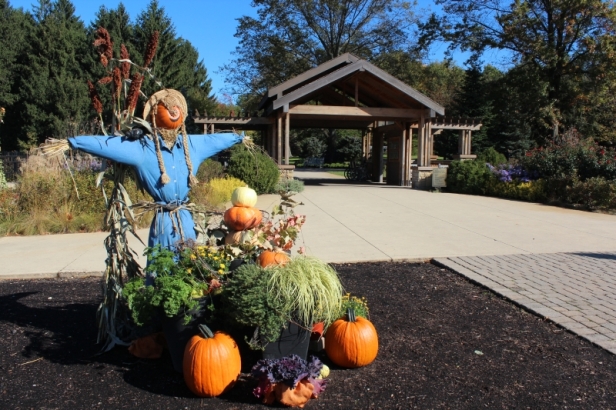
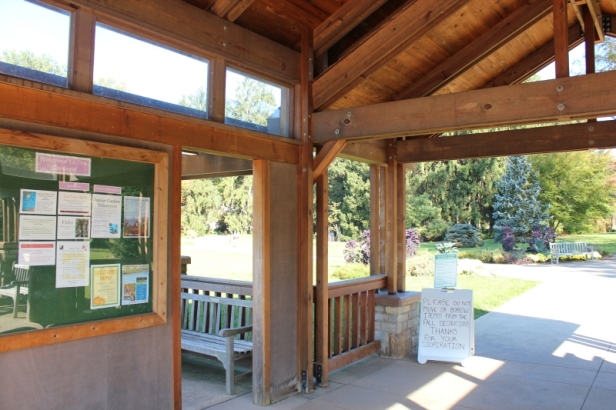







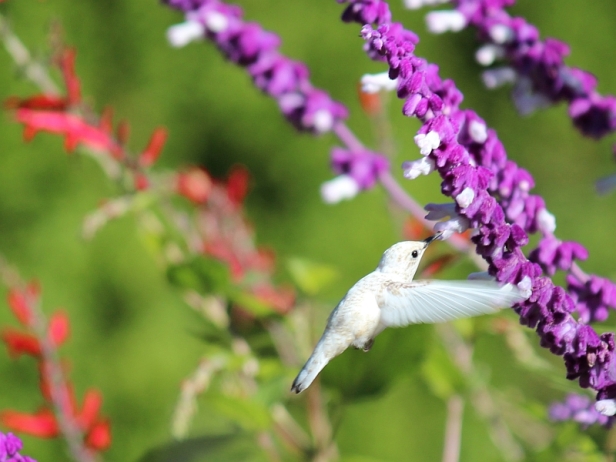


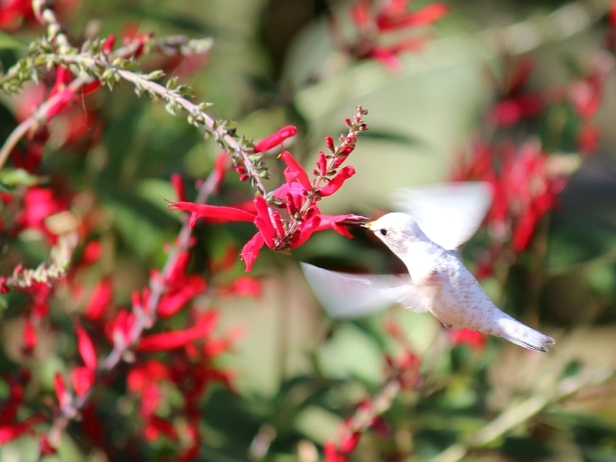

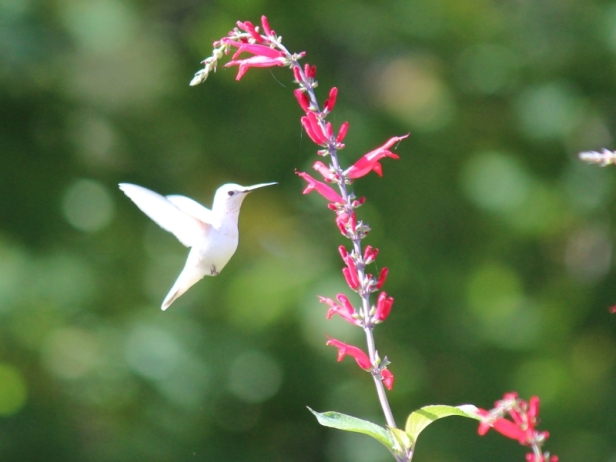
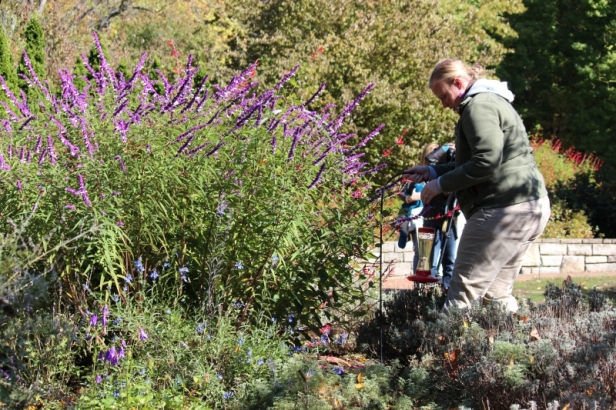

Tracy, I loved it! I’ve never seen a hummingbird like this. What a treat for you to see and photograph! Thanks for sharing this 😃!
Thanks, Joleen! It’s a rare sight in more ways than one, and it’s wonderful to be able to see it!
I hope that she makes it!
Me too! She came to the right place!
Oh my goodness, what a great post! Thanks for sharing all your great pics and especially the ones of that beautiful Hummingbird. I’m going to put out a feeder this winter and see if I have any luck.
Thanks, Curious Gal 🙂
Amazing post. I learned alot today. I didn’t know about leucistic or that hummingbirds can survive the winter in the USA. That’s cool to know.
That white hummingbird is gorgeous. I hope it survives the winter okay.
Thanks for sharing your breathtaking photo and interesting info.
🙂
Many thanks, E.C.!
Enjoyed your post! Great shots and very informative.
Thanks, Robert!
You may a really good job of photographing the humming bird. I hope that yo see it again for us.
Thanks Tootlepedal- I hope the little gal makes it!
Superb photos – she looks more like a large, beautiful moth! I hope she survives the winter.
She does look like a hummingbird moth, Jo!
What a beautiful little bird!
She’s gorgeous, Pat!
You got some great shots of that hummingbird! I wonder if other birds of their own species shun them because they look so different.
I was wondering that too, Gardener- maybe she didn’t ‘fit in’ with the local hummers and wasn’t prompted to migrate with them? No one has noticed any injury that might keep her from migrating.
That’s the first time I’ve heard the term leucistic. And what a beautiful example the white hummingbird is!
I also didn’t know that hummingbirds could survive the winter here. Another amazing fact to file away! 🙂
I was surprised to hear that too, Tinycamper- I’m not sure how many actually make it, but apparently it’s possible!
What a find!
One of a kind, Patti!
Tracy, your photos of that beautiful hummingbird are wonderful! As always, I’ve learned a lot about birds and hummingbirds in your post. I’ve never seen one stay here in the winter; I have lots of flowers but never set out feeders. At least now I know what to do in case one sticks around 🙂
I was really surprised to find out they can survive very cold nights, Lynn! It must feel like the world is ending to this little bird, with all of the flowers gone now.
Beautiful captures of this tiny birdie Tracy! Margie
Thanks, Margie!
What beautiful photos. I’ve never even heard of a white hummingbird. Pls. let us know how she does, if she survives the winter!
Will do, Mary! The Metro Parks folks have put out a heated hummingbird feeder recently. The hummingbird has been seen at least every other day since I posted this, so she’s hanging in there!
Hi Seasons, I had seen photographs of a Leucistic Eastern Blue Jay but I have not seen any white birds other than the Sea Gulls and Doves. Have a super nice Tuesday tomorrow!